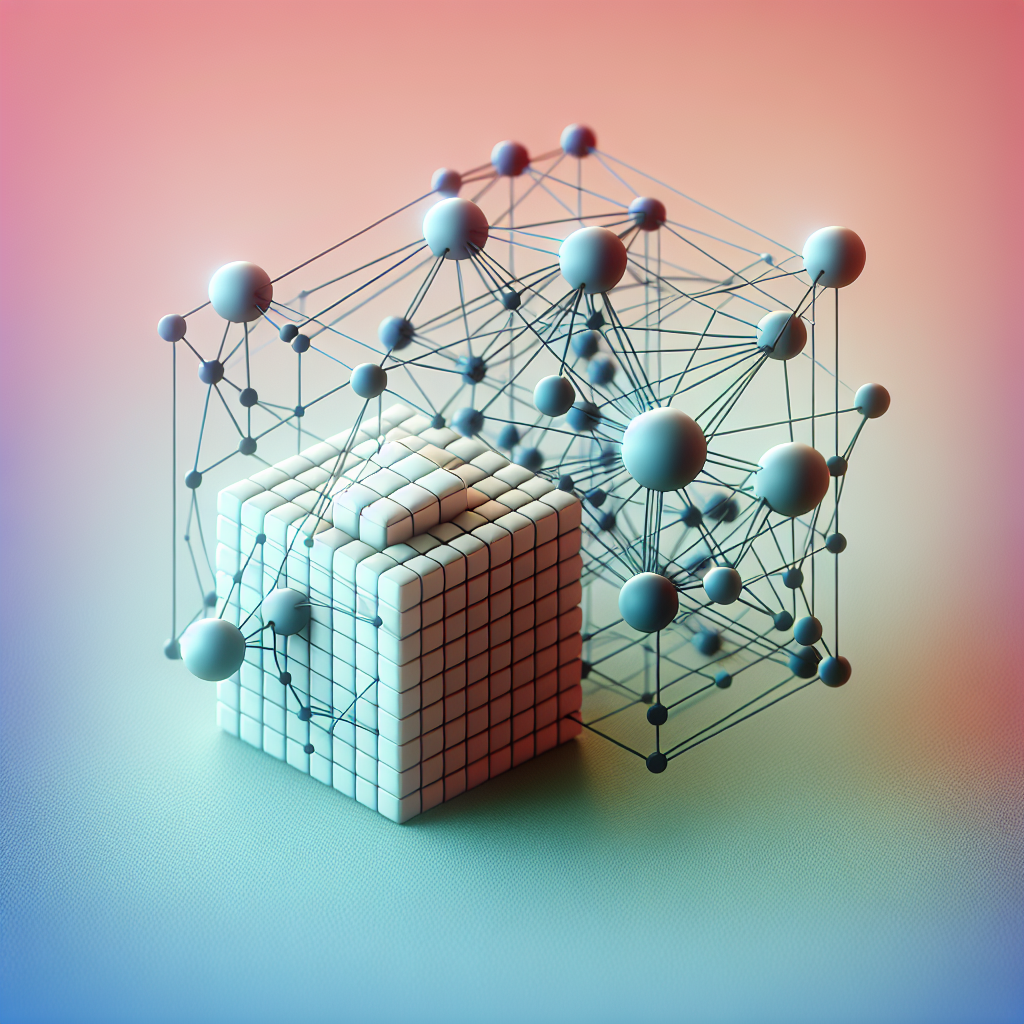Part 7: The Power of Now – Parallel Processing in Transformers
Series: From Sequences to Sentience: Building Blocks of the Transformer Revolution
How Transformers Broke Free from Step-by-Step Thinking
Introduction: A Leap in Efficiency
In Parts 1 through 6, we explored the evolution from Recurrent Neural Networks (RNNs) and Long Short-Term Memory (LSTMs) to word embeddings, encoders, decoders, and self-attention—the building blocks of the Transformer architecture. A critical innovation that propelled Transformers to dominance is parallel processing, the ability to handle entire sequences simultaneously. Introduced in the 2017 paper "Attention is All You Need" by Vaswani et al., this feature underpins the scalability of modern LLMs like GPT and BERT. This article, the seventh in an 8-part series, delves into how parallel processing works, its advantages, and its transformative impact.
What Is Parallel Processing in Transformers?
Parallel processing allows Transformer models to process all tokens in a sequence at once, a stark contrast to older architectures like RNNs and LSTMs, which handle data sequentially.
- In RNNs, each word depends on the previous one:
- Word 2 waits for Word 1’s processing.
- Word 3 waits for Word 2, and so on.
- Transformers, using self-attention, process ( ["The", "mat", "rested", "on", "the", "floor"] ) together in a single step, leveraging GPU hardware for speed and efficiency.
This shift from time-dependent to simultaneous computation is the foundation of Transformer scalability.
The Sequential Bottleneck of RNNs
Consider the sentence: "The mat rested on the floor."
In an RNN:
- Step 1: Process "The" to produce hidden state 1.
- Step 2: Feed hidden state 1 and "mat" to produce hidden state 2.
- Step 3: Feed hidden state 2 and "rested" to produce hidden state 3, and so forth.
This sequential nature leads to:
- No Parallelism: Each step must complete before the next begins.
- Weak Long-Term Dependencies: Information fades over long sequences.
- Slow GPU Performance: GPUs excel with batch processing, not step-by-step tasks.
This bottleneck limited RNN scalability, especially for large datasets.
How Transformers Break Free
Transformers eliminate the sequential constraint:
- All tokens pass through self-attention and feed-forward layers in parallel.
- There’s no dependency on prior time steps during training.
- Every token attends to every other token simultaneously.
- Mathematically, for an input matrix ( X ) (tokens as rows), the process is:



- These matrix operations compute Queries (Q), Keys (K), and Values (V) for all tokens at once.
- Attention scores and outputs follow via parallel matrix multiplications, fully utilizing GPU cores.

Fig. RNN with a hidden State
This parallelization transforms training into a batch operation, processing thousands of words together.
How Parallelization Works
Training Time
- Batch Processing: Self-attention’s ability to consider all positions allows training on entire sequences in batches.
- Matrix Operations: Q, K, V computations and softmax are implemented as matrix multiplications, optimized for GPU hardware.
- GPU Efficiency: Thousands of tokens are processed in parallel, exploiting the massively parallel architecture of GPUs and TPUs.
Inference (Somewhat Sequential)
- In decoder-only models like GPT, inference generates tokens one-by-one due to causality.
- However, the attention mechanism re-uses past computations with caching (e.g., storing key-value pairs), making it much faster than autoregressive RNNs.
Benefits of Parallel Processing
| Benefit | Impact |
|---|---|
| Speed | Faster training (days instead of weeks) |
| Scale | Handles huge datasets and long sequences |
| Hardware Utilization | Efficient use of GPUs/TPUs (matrix ops) |
| No Memory Bottleneck | Avoids vanishing gradients in RNNs |
| Better Generalization | Learns global dependencies from the start |
This efficiency enables Transformers to tackle tasks unimaginable with sequential models.
Real-World Impact
Parallel processing made modern LLMs possible:
- GPT-3: Trained on 300 billion tokens in weeks, not years.
- PaLM: Leveraged 6,144 TPU chips for simultaneous training.
- Google’s T5: Pre-trained on large corpora using full sequence parallelism.
Without this innovation, models of this scale—requiring trillions of parameters and tokens—would be infeasible, and LLMs as we know them wouldn’t exist.
Key Insight
RNNs were bound by time, processing words in a linear chain. Transformers replaced this with space, treating all tokens as a simultaneous whole, like reading a paragraph at a glance. This shift makes Transformers:
- Faster: Leveraging parallel hardware.
- Scalable: Handling massive datasets.
- General-Purpose: Applicable beyond language to vision, biology, and more.
Parallelism vs. Causal Masking (A Note)
- Training: Parallelism is fully utilized in both encoders and decoders, processing all tokens at once.
- Decoder Inference: Output remains token-by-token due to causality (future tokens can’t be predicted until past ones are generated).
- Internals: Even in inference, self-attention and feed-forward layers are parallelized, with caching boosting speed.
This balance preserves generative accuracy while maximizing efficiency.
Parallel Processing Makes Transformers Universal
Thanks to parallel processing, Transformers extend beyond language:
- Vision Transformers (ViT): Analyzing images as token sequences.
- Protein Folding (AlphaFold): Predicting 3D structures from amino acid sequences.
- Music Generation: Composing melodies from note patterns.
- Time-Series Forecasting: Modeling sequential data.
- Code Completion: Generating code snippets.
Wherever sequences exist, parallel Transformers can scale.
Up Next: Part 8 – From Blocks to Brilliance: How Transformers Became LLMs
In the final part of the series, we’ll weave together RNNs, embeddings, encoders, decoders, attention, and parallelism, revealing how these innovations birthed modern Large Language Models like ChatGPT, Gemini, Claude, and more.
Featured Blogs
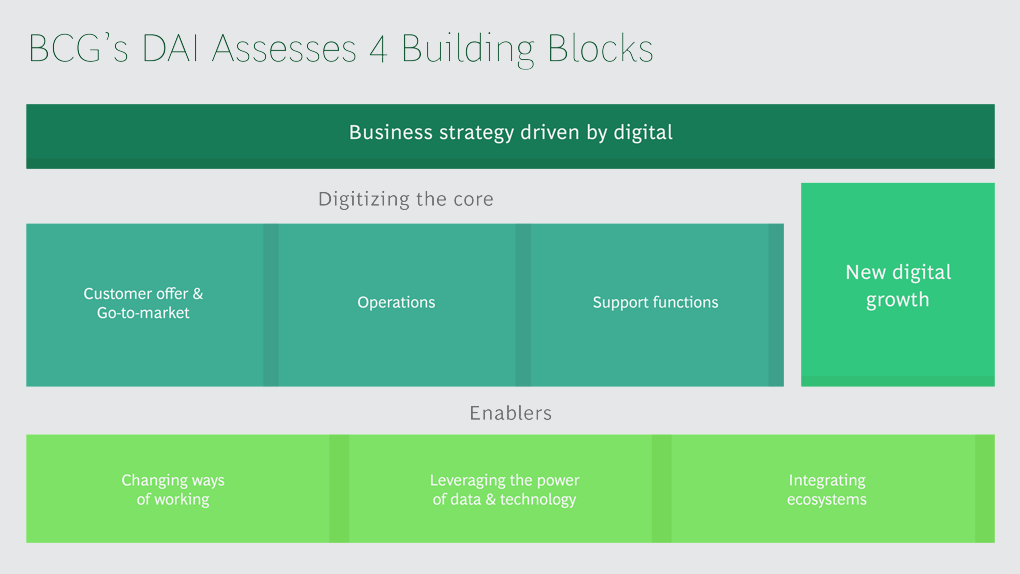
BCG Digital Acceleration Index
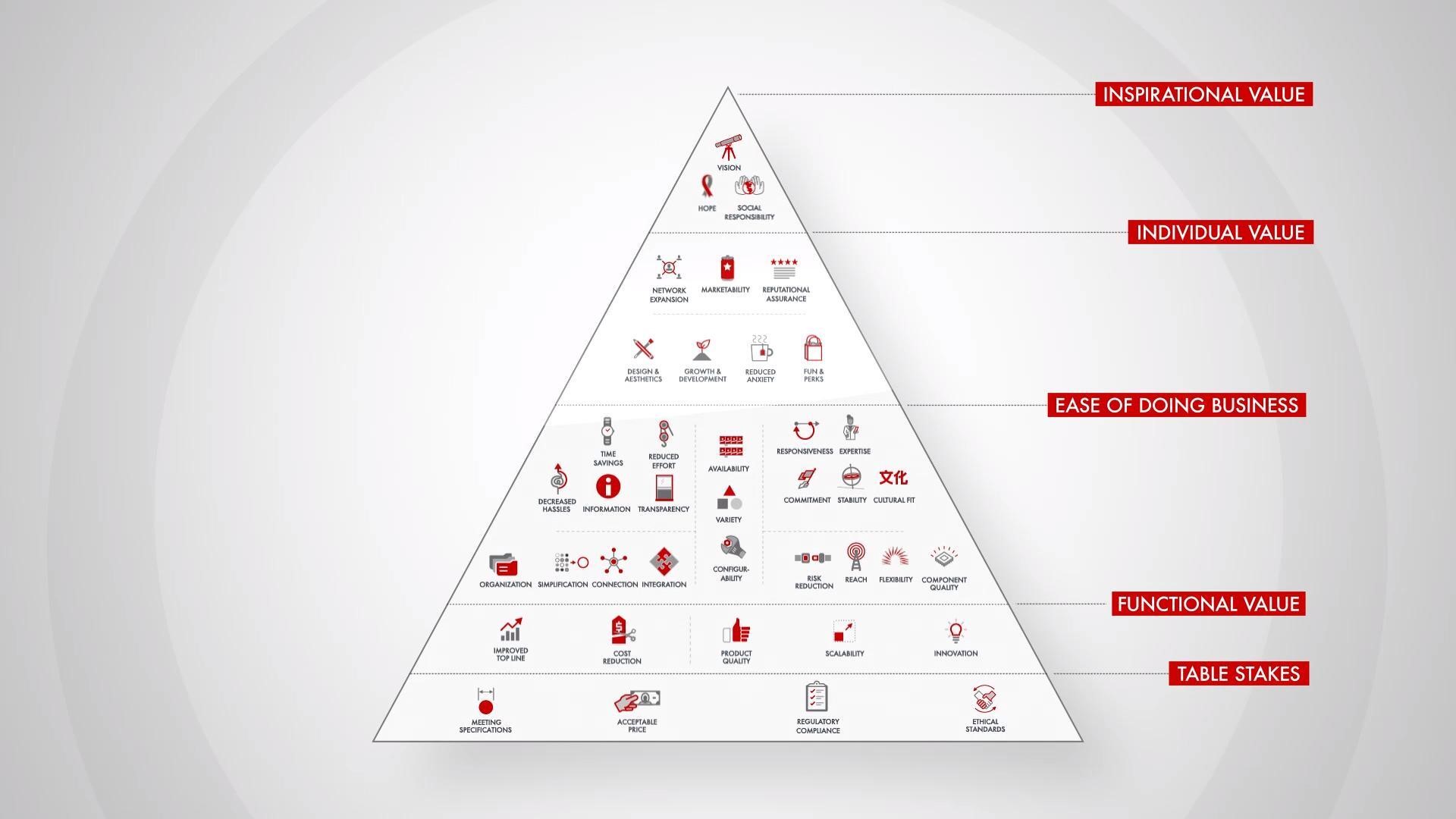
Bain’s Elements of Value Framework
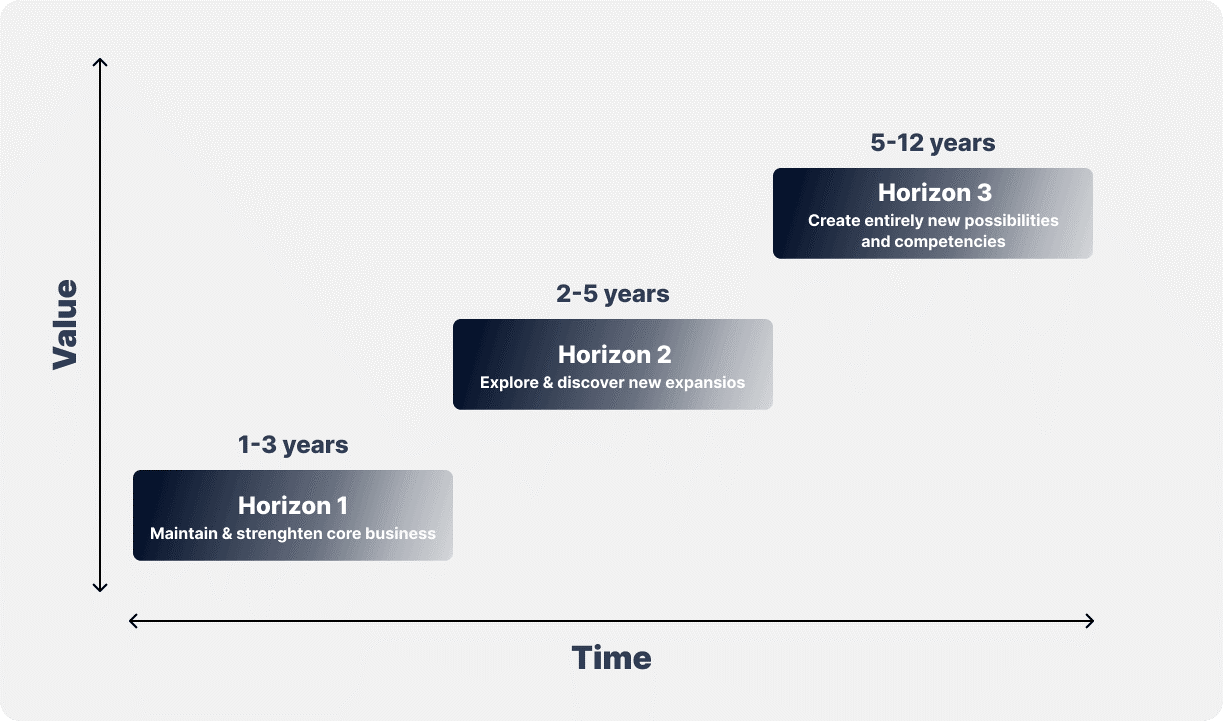
McKinsey Growth Pyramid
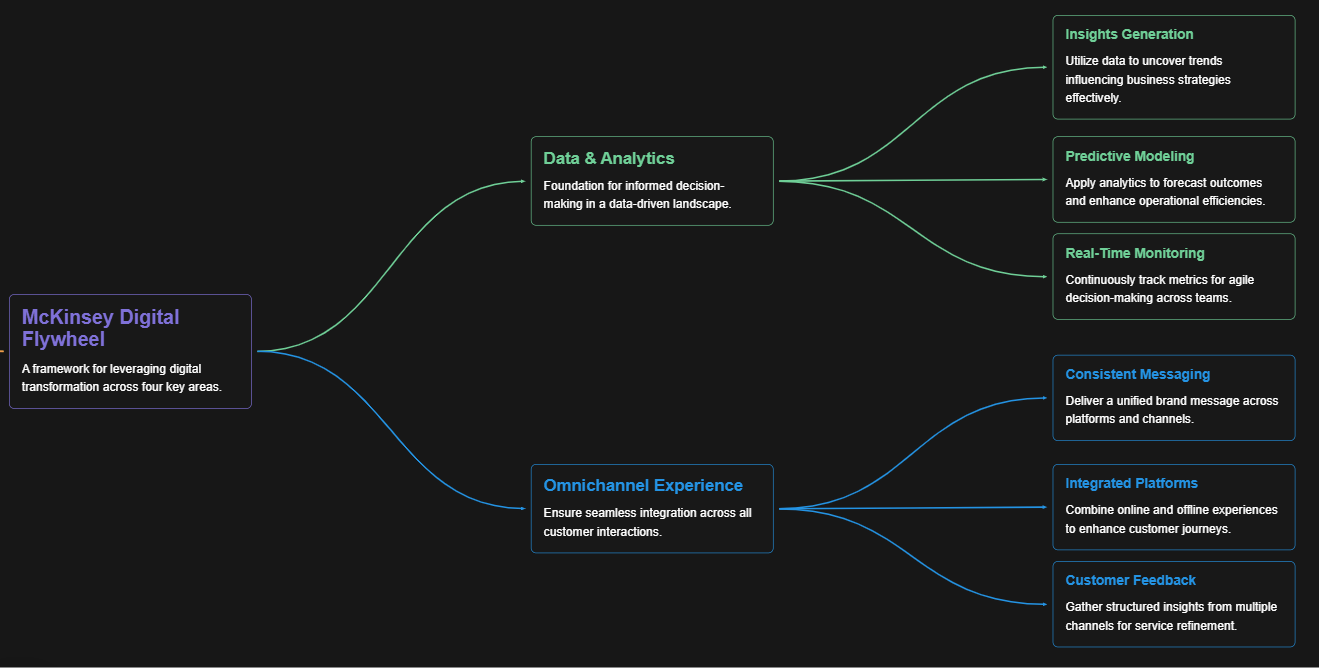
McKinsey Digital Flywheel
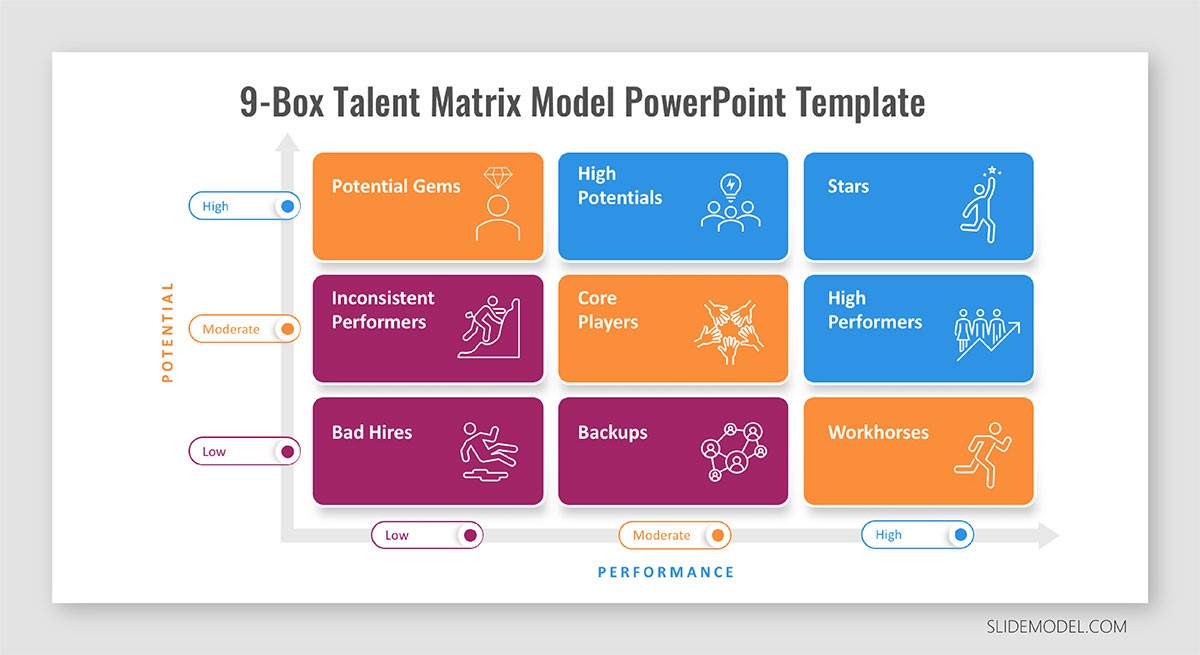
McKinsey 9-Box Talent Matrix
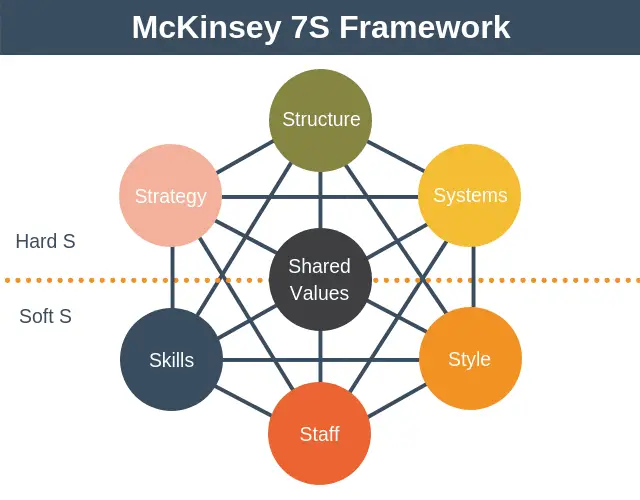
McKinsey 7S Framework
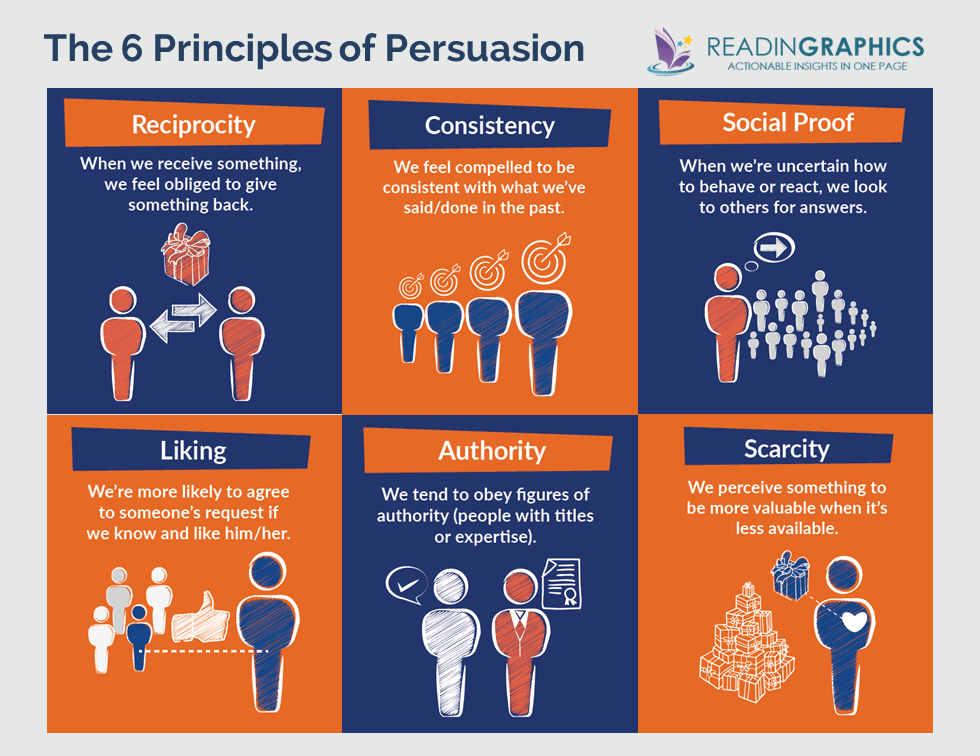
The Psychology of Persuasion in Marketing

The Influence of Colors on Branding and Marketing Psychology

What is Marketing?
Recent Blogs
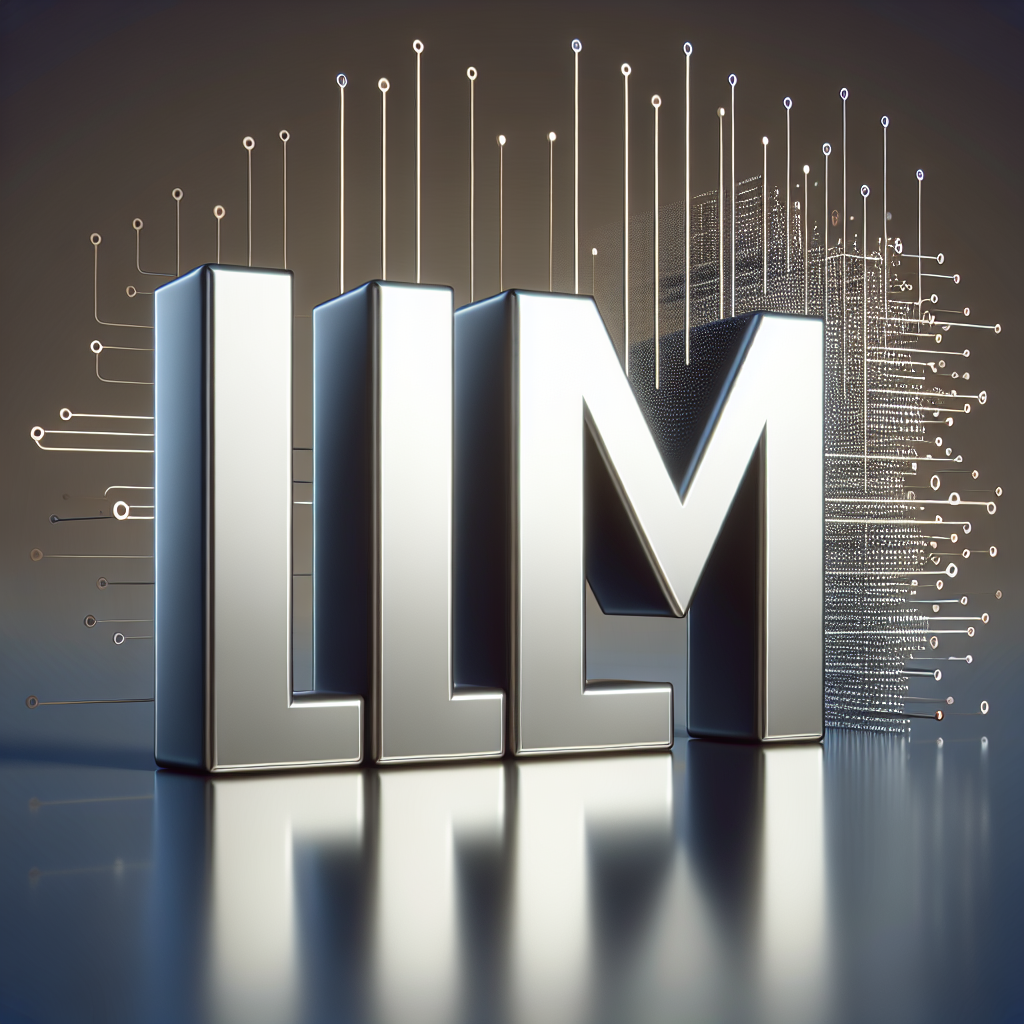
Part 8: From Blocks to Brilliance – How Transformers Became Large Language Models (LLMs) of the series - From Sequences to Sentience: Building Blocks of the Transformer Revolution
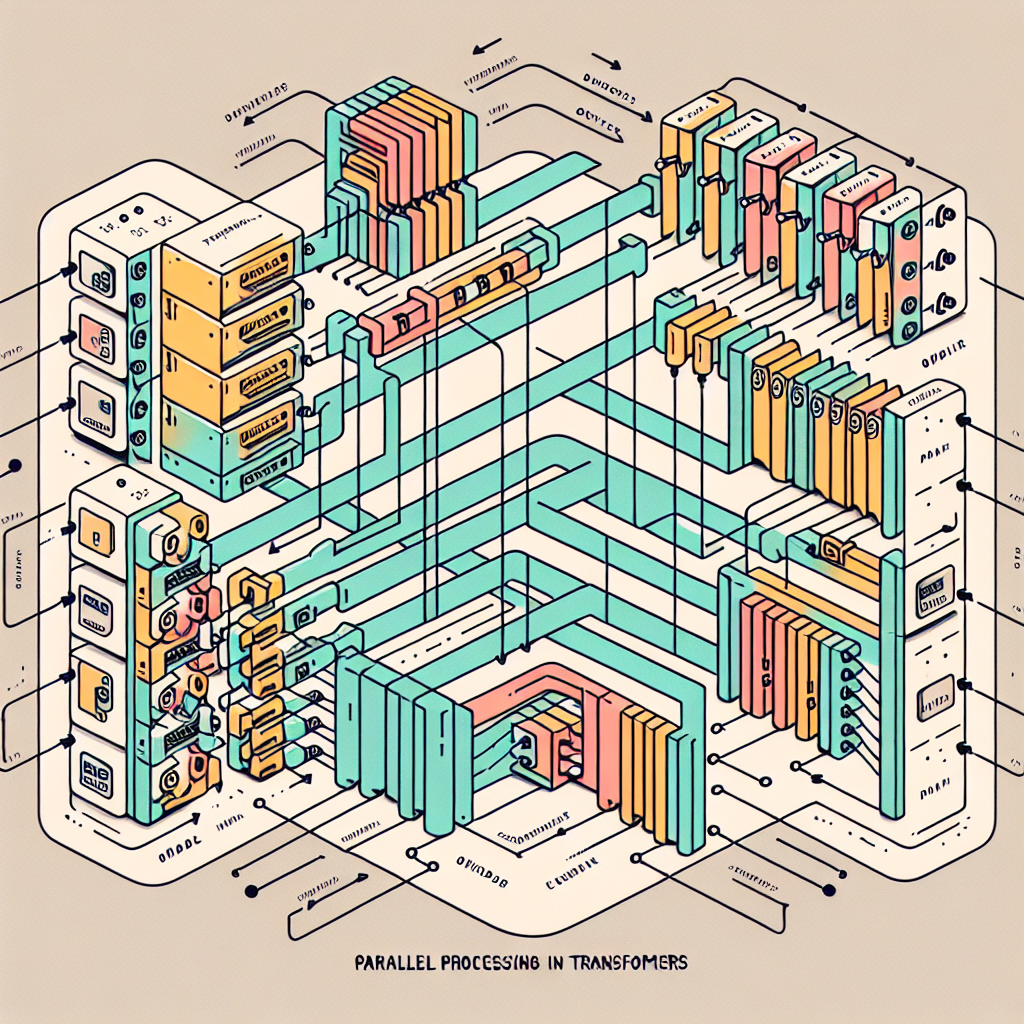
Part 7: The Power of Now – Parallel Processing in Transformers of the series - From Sequences to Sentience: Building Blocks of the Transformer Revolution
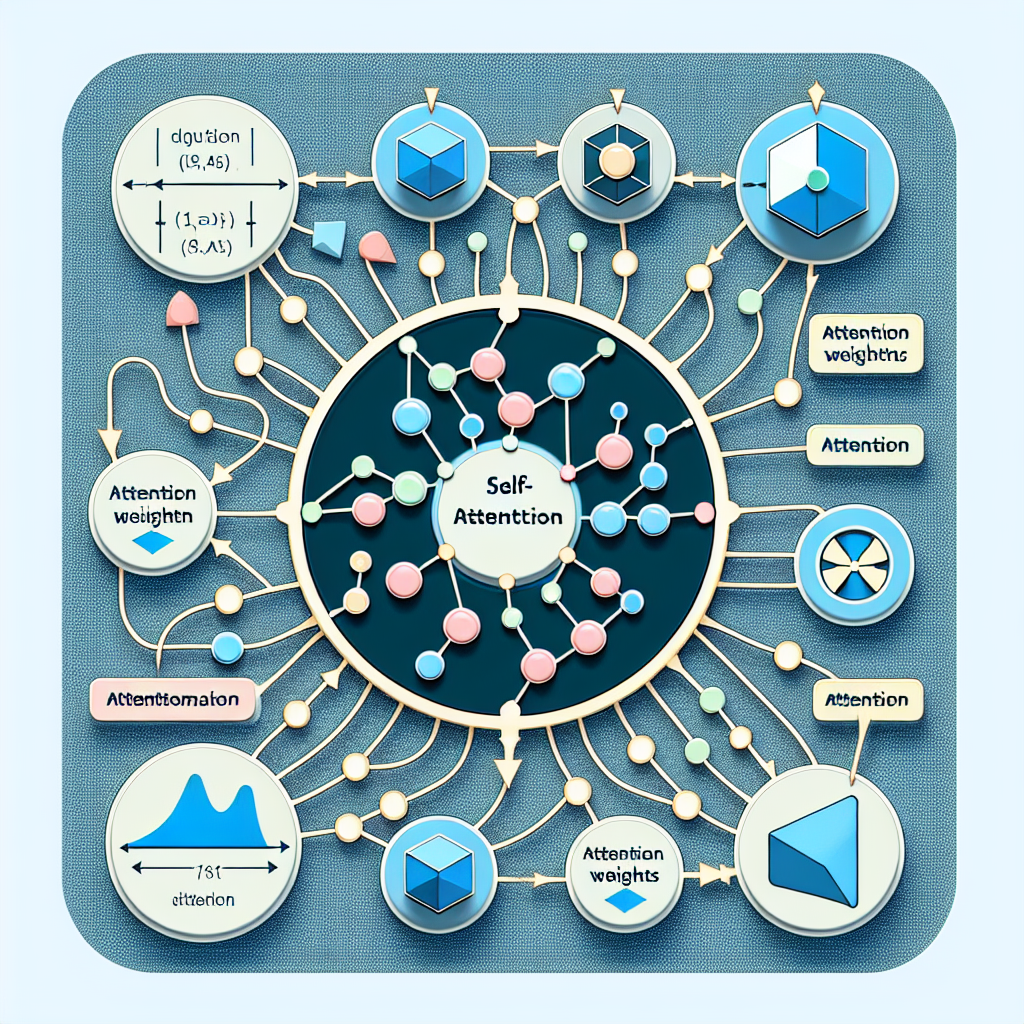
Part 6: The Eyes of the Model – Self-Attention of the series - From Sequences to Sentience: Building Blocks of the Transformer Revolution
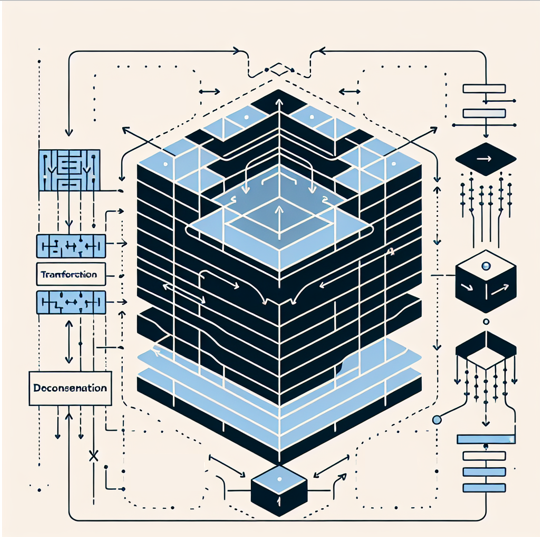
Part 5: The Generator – Transformer Decoders of the series - From Sequences to Sentience: Building Blocks of the Transformer Revolution
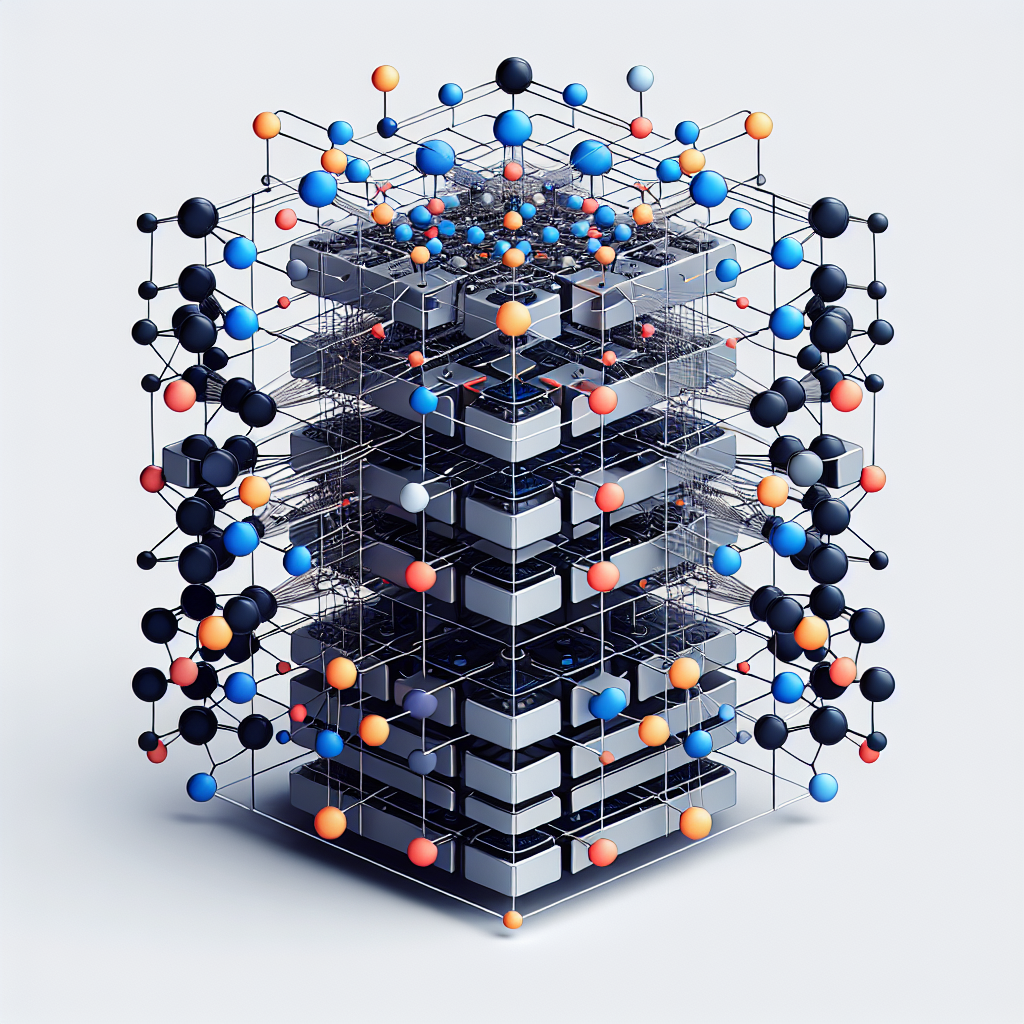
Part 4: The Comprehender – Transformer Encoders of the series - From Sequences to Sentience: Building Blocks of the Transformer Revolution of the series - From Sequences to Sentience: Building Blocks of the Transformer Revolution
